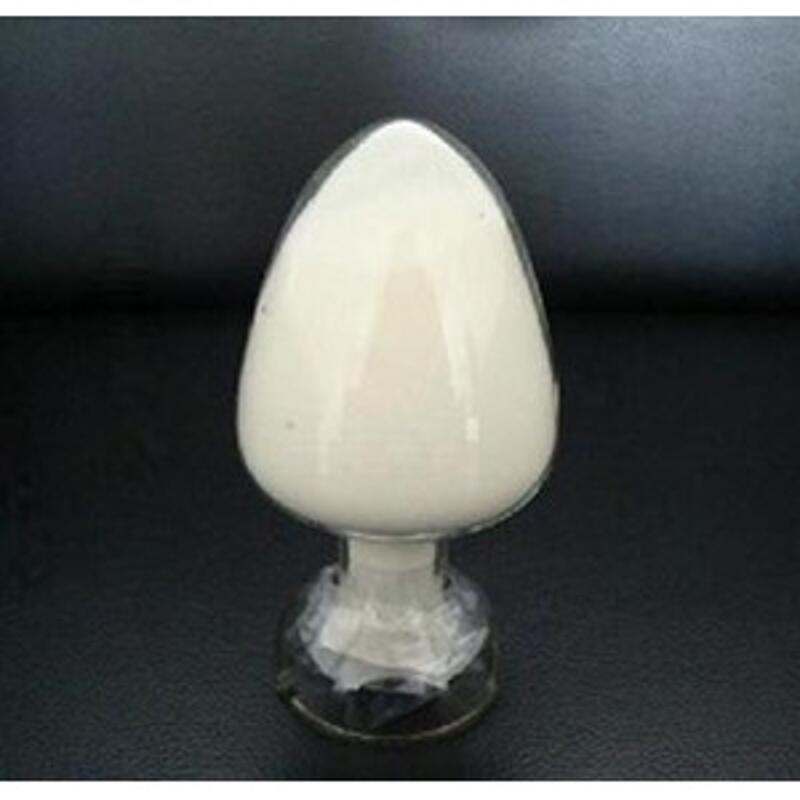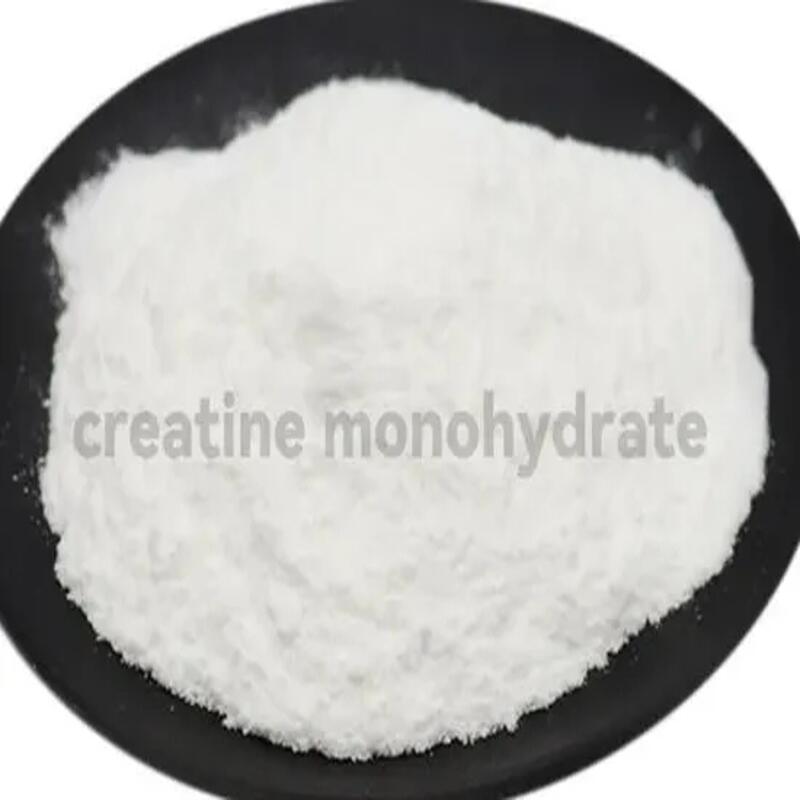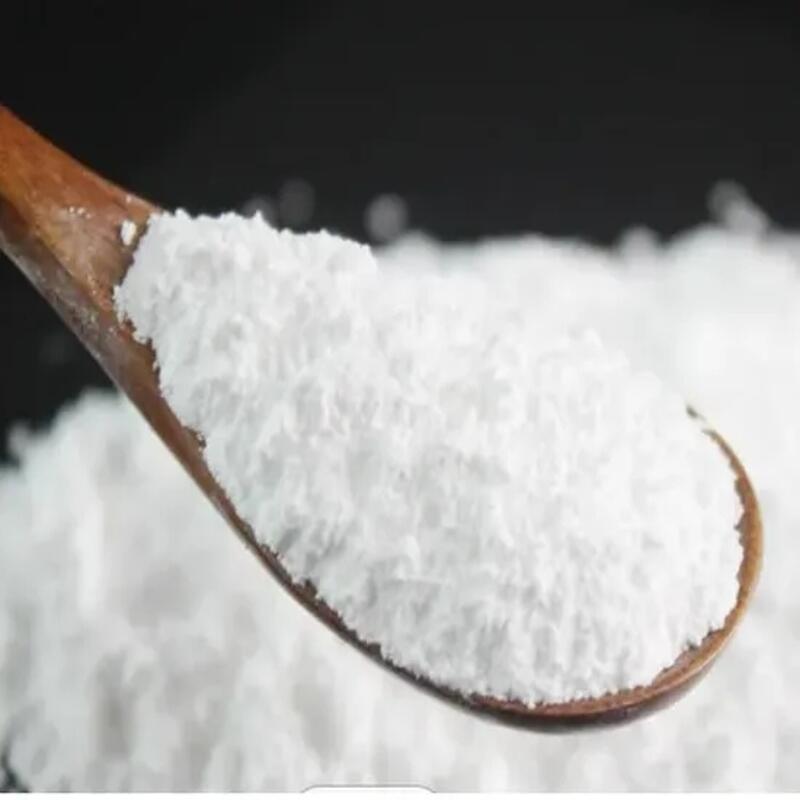-
Categories
-
Pharmaceutical Intermediates
-
Active Pharmaceutical Ingredients
-
Food Additives
- Industrial Coatings
- Agrochemicals
- Dyes and Pigments
- Surfactant
- Flavors and Fragrances
- Chemical Reagents
- Catalyst and Auxiliary
- Natural Products
- Inorganic Chemistry
-
Organic Chemistry
-
Biochemical Engineering
- Analytical Chemistry
-
Cosmetic Ingredient
- Water Treatment Chemical
-
Pharmaceutical Intermediates
Promotion
ECHEMI Mall
Wholesale
Weekly Price
Exhibition
News
-
Trade Service
TRI-TERT-BUTYL 1 4 7 10-TETRAAZACYCLONONANE is an important organic compound used in various industrial, pharmaceutical, and agricultural applications.
The synthetic routes of TRI-TERT-BUTYL 1 4 7 10-TETRAAZACYCLONONANE have evolved over time, with scientists and researchers continually developing new methods to synthesize this valuable compound.
One of the earliest synthetic routes for TRI-TERT-BUTYL 1 4 7 10-TETRAAZACYCLONONANE involved the use of nitration to introduce the nitro group, followed by reduction to introduce the tert-butyl group.
This route required the use of hazardous reagents such as nitric acid and hydrogen peroxide, and was relatively slow and costly.
A more efficient synthetic route for TRI-TERT-BUTYL 1 4 7 10-TETRAAZACYCLONONANE was later developed, which involved the use of a Suzuki-Miyaura cross-coupling reaction between a boronate ester and an aryl iodide.
This method allowed for the rapid and efficient synthesis of TRI-TERT-BUTYL 1 4 7 10-TETRAAZACYCLONONANE, without the need for hazardous reagents or reducing agents.
In recent years, another synthetic route for TRI-TERT-BUTYL 1 4 7 10-TETRAAZACYCLONONANE has emerged, which involves the use of a palladium-catalyzed cross-coupling reaction between an aryl halide and a tert-butyl halide.
This method is also efficient and cost-effective, and has the advantage of using less expensive and more readily available reagents.
The choice of synthetic route for TRI-TERT-BUTYL 1 4 7 10-TETRAAZACYCLONONANE depends on various factors, such as the desired yield, purity, and cost, as well as the availability and ease of use of the starting materials and reagents.
The development of new and more efficient synthetic routes for TRI-TERT-BUTYL 1 4 7 10-TETRAAZACYCLONONANE is an ongoing process, with researchers continually seeking to improve upon existing methods and develop new ones.
In conclusion, TRI-TERT-BUTYL 1 4 7 10-TETRAAZACYCLONONANE is an important organic compound with many industrial and commercial applications.
The synthetic routes for TRI-TERT-BUTYL 1 4 7 10-TETRAAZACYCLONONANE have evolved over time, with the development of new and more efficient methods continually improving the synthesis of this valuable compound.
The choice of synthetic route depends on various factors, and researchers will continue to develop new methods to meet the changing needs of the chemical industry.







